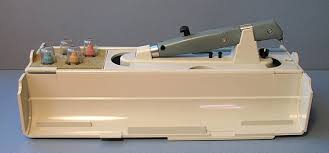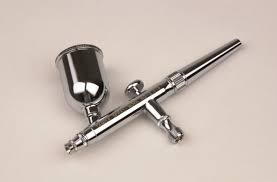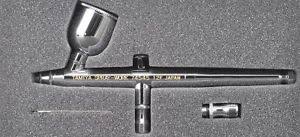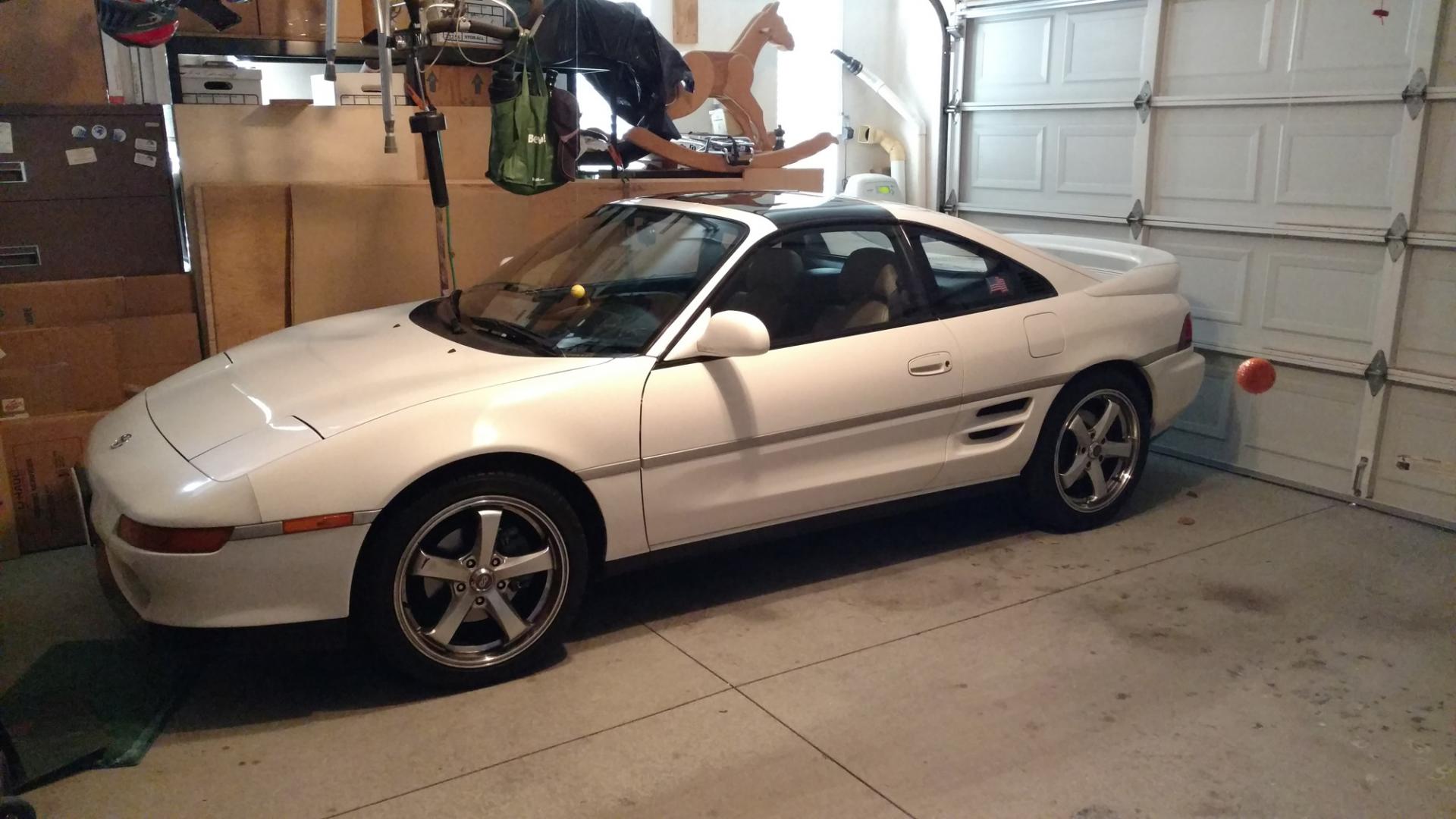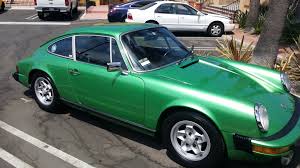-
Posts
3,981 -
Joined
-
Last visited
Content Type
Profiles
Forums
Events
Gallery
Everything posted by Pete J.
-
Honestly, not much! Time erases pain and I think all of us remember those old cars as being far better than they actually were. Less expensive? Cheap is more like it. 30,000 miles and it was time to go get a new one. 5 years tops and they were ready for the scrap heap. Up keep? You had to know how to set points in the middle of nowhere, when they went out of adjustment. Set them to the thickness of a matchbook cover would get you back to town. Kept a pair of nylons in the trunk. Could be used to replace a fan belt and get you home. Most of us carried tool kits in the trunk. I remember changing a wheel bearing on the side of the road. Had a box with cans oil, antifreeze and Bardale radiator sealant for emergencies. Tires? Heck if you got 3,000 miles out of a set you were doing great. I remember the first set of Michelins I go on my Mustang. I was stunned that they lasted 10,000 miles. In that era, you needed to make sure you had a good spare at all times. Yup, they were fun, but I was young and they could be had cheap because they were worn out. Yup, you could fix them but then you didn't have a choice. Now a car can go 30,000 between major services. A new set of Michelins are guaranteed to go 45,000 to 60,000 miles. 100,000 miles on a set spark plugs. I remember Volvo ads bragging that the average life expectancy of their cars was 10 years. I now keep my cars an average of 15 years and my current daily driver is 25 years old and dependable at it was new. No, cars are not what they once were and I for one am thankful for that.
-
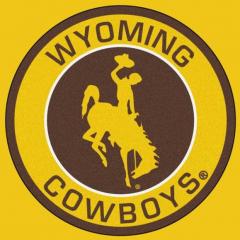
need a substance that remains tacky over time
Pete J. replied to fiatboy's topic in Model Building Questions and Answers
I'll second that, especially the bazillion other uses. Always have a lump of it on the desk. Great for masking and holding part to sticks to be painted. -
Like a couple of others here I have had a plethora of airbrushes. My first was a Badger 250 external mix. I bought in in 1972 when we had a model aircraft contest amongst the student pilots in Air Force pilot training. I bought it because the Pacta paints they sold at the BX fit directly on the brush and I wanted a nice finish on my model. It was the old Revell 1/32 scale F-4D done in Vietnam Air Force camo. Did a lot of aircraft with that one and blew through a lot of cans of propellent.(pun intended). It taught me a lot about thinning and spraying on a small scale. After UPT, I put it aside and didn't dig it out until after my son was born and I got back into model building. I pulled it out and really didn't like using it for gloss finishes and the cost of propellent. Bought one of the early Aztek brushes and that worked well for my models until I started spraying automotive lacquers. The thinner cause the plastic tips to swell and stop working. Good thing is that it was a cheap gun and the tips where cheap. Went from that to a Badger 175 Crescendo. Great little gun! Still have it an use it from time to time. It came with three tips which covered just about every type of paint I used. Soon discovered that the main seal needed to be changed for a teflon one. Lacquer thinner really destroyed the original pretty quickly. Down side of the brush is that it is not super durable. Drop it and you are very likely to bend the trigger or the needle holder. Good thing is that replacement parts are cheap and easy to come by. I also like the bottom feed for the paint bottles. The big tip is good for laying down large areas. It is a little "fatter"than most airbrushes and feels good in the hand. Next two brushes I got were part of the work I did for Tamiya. I got a Tamiya HG and SF(super fine). The HG is my main workhorse. It is always hooked up and ready to go. The cup holds a fair amount of paint and is easy to clean. Durable brush. After 20 years, it still has 100% original parts. To my hand, the difference between this and the Badger is the feel. Kind of like the difference between shifting the gears in a '50s pickup and my MR 2. Just very smooth and controlled. I only use the SF for special paint jobs. Ones that are very subtle and require fine work. It has a very small pattern and it great for thing like oil stains and exhaust staines. This sprays very little paint and very controlled. I can spray paint where you need 3 or 4 passes to get a visible trace of paint. This is for patient work only. I would never use it for anything large. Then there is my big gun. The Iwata LPH 50. This is really a mini touch up gun. I went to a seminar put on by Craig Frazier on auto artwork. This was the gun he was using to paint murals. I bought the gun on the spot with all three nozzles. Now I am no Craig Frazier but this is a very useful gun. I really got a lot of good use out of it when I started working on 1:12 scale cars. With an adjustable fan and high volume , low pressure, it is really good for a lot of things in model building, especially if you need to cover a lot of surface area evenly. It is great for that and thicker paints like urethane clear coats. You can get it with an attachment that uses the standard airbrush bottles instead of a cup. This can be great when you are changing colors frequently. It also is large enough that it feels good in the hand. So, that is my airbrush history and why I use what I do.
-
Not at all surprising as the Hudson was very famous for it's "Twin H Power" six. That and a lightweight chassis is what the "Fabulous Hudson Hornet" was all about!
-
I don't know if all tracks do it but the Del Mar Horse track in San Diego always has a "hat" contest for women on the opening day of the season.
-
Oops! Just got back from IPMS Nationals and it clouded my thoughts. Did a quick search and think you might have some luck it you searched AHRA(american hot rod association) rules. I did that and came up with this 1966 rule book. Might be a good place to start. https://www.jalopyjournal.com/forum/threads/1966-ahra-rule-book-inside.371101/
-
Not sure what you are looking for but I will say this. All contest rules vary and each contest creates it's own. The closest you are going to come is the IPMS contest hand book. http://www.ipmsusa.org/national_contest_committee/competion_handbook.shtml Now this covers all kinds of models not just what you build, but it is a good place to start. There is also the IPMS national contest rules. http://www.ipmsusa.org/files/Nats2018/2018-IPMSUSA-National-Contest-Rules.pdf Again this covers all models not just 70's era muscle cars. In this case the rules for Factory stock would be most applicable. This is the real problem with rules. There is no single cohesive rule book. You kind of have to do your best and go with that. Some things that matter most in general- All four wheels on the ground. No buggers in the paint. Consistent finish. No glue blobs especially on clear parts. No fingerprints in the paint. In short, "does it look right". Good luck!
-
I have been using these for 20 years. They are extremely thin photo etched saws with very fine teeth. You have to be carefull to cut on the pull stroke only because they will bend. I bought three sets of them 20 years ago and still have an unused set, so take care of them and they will serve you well. I recently cut the fuselage of a 1/48th scale aircraft model in half lengthwise with them(a cut about 2 feet long). They remove such a small amount of material, on occasion, I have reglued the pieces cut out by running a bead of thin solvent based glue in the cut and they reattached without filler.
-
Three cars that I have owned and loved. First is this a love hate relationship. 1974 911- cookie cutter wheels and all. Loved the attention and fun of driving the car. Hated the maintenance and upkeep. Heat exchangers rusted out after 3 years in Michigan. Second one was a Toyota FX16. Not exactly noteworthy but a fun little car and it got me through a time without sports cars. Last and not the least my current car, 1993 Toyota MR2 Turbo. This is the most fun car I have ever owned. Quick as heck, a head turner and feels like a gokart on the corners. Oh, and it is reliable as any Toyota.
-
I use a microfiber cloth(I get them as cleanup rags at Costco) and a spray bottle of 50% 90% alcohol and 50% distilled water. This dilution won't harm Tamiya lacquers and long as you don't soak it in it overnight. The microfiber cloth gets down in the seams to clean it out. I also use the same mixture to give my models a quick clean before putting them on the table at contests. Takes fingerprints right off.
-

1/16 Scale Army Vega Funny Car - Finished 10/14/2018
Pete J. replied to Mooneyzs's topic in WIP: Drag Racing Models
Chris, first Congratulations on the Best Automotive award. That was a well deserved win in what is the toughest field I have seen at IPMS Nats. You showed what a top drawer modeler you really are. Second, it was great to finally meet you. I enjoyed our conversations. It is alway better to be able to put a face with a name. -
Thanks Rob. This one has always been a California car so no rust and it has either been garaged or covered to keep the sun at bay. I am the second owner. The first was a space engineer and he maintained it with exquisite care. He was a good friend, so when I bought it I knew I had to care for it or face his wrath. He still goes to our monthly club meeting with me in it, so he is keeping an eye on it.
-
I don't know. You will have to ask my Widow! Seriously, it wouldn't be worth it for me to sell. I just dropped $12K into restoring everything to OEM spec. Most of that was an engine rebuild, but I also redid the seats with Kazkin leather to match the original. When the mechanic was done, he said, "Well, there is nothing left to fix".
-
This is my daily driver. I am 68 and live with my wife of 40 years. No kids living with us. I don't need to haul a lot of stuff and when I go for groceries a couple of bags is all I need trunk space for(although it will handle a set of golf clubs easily in the rear trunk). It is 100% practical for me. Got a family and live in the country? Would be totally impractical. Try to judge what works for others through what works for you misses the mark. This is no more a practical daily vehicle then a Rembrandt would be someone's refrigerator art.
-
That is exactly why I am willing to drop $100 a gallon on the real deal. True lacquer thinner is a cocktail of chemicals that is designed to actually dissolve the solids in lacquer paints. Pure acetone will not completely dissolve the solids use in old style auto lacquer. Those added chemicals are quite expensive and in some cases lead to banning in certain states. Lacquer paints use to be very common but they are actually rare now days and so the making of high quality thinners has been displaced by urethanes and other waterborne paints. The specialty market for true lacquer paints is generally limited to aircraft, furniture and automotive restoration shops in a limited number of states. Lacquer thinner is now mostly used for brush cleaner and acetone is really all that is needed for that. The only difference in lacquer thinner ment for cleanup like this and acetone is that lacquer thinner may have some chemicals that slow the evaporation somewhat. As to cleaning out an airbrush, six of one, half a dozen of the other.
-
To anyone who is headed out to Phoenix for IPMS Nationals next week, I have a tip. You can still get the real deal PPG DLT105 automotive Lacquer thinner in Phoenix! It's not cheap at $98 a gallon, but if you need the good stuff it is still available. I was able to order it for pickup next week, but you do have to order ahead. Transportation is an issue as you absolutely can not fly with is. UPS will ship it, but there are a ton of regulations you have to meet shipping flammable liquids so it probably isn't worth it, but if you are driving, it is reasonable. I know that we have had a lot of discussions about lacquer thinners and what is worth it on this forum, and I really don't want to get into that. My experience and history is that the good stuff is different from generic Klean Strip and worth it to me to use. Strictly my opinion and I am not trying to resurrect that discussion. Only inform those headed out to Nat's next week. If you are going, I will see you there.
-
We all remember the S&H Green Stamps, but how many of you remember the store that you took them to, to redeem them? Our nearest one was 100 miles away in Cheyenne. They would also send out a catalogue. Mom would save the stamps and I remember what a big day it was when she finally went trade them in. She had shoe boxes full of the stamp books.
-
I originally saw this as a real deal 1950 Indian lawnmower, but just researched it and it is not the real deal. It is a project by a very inventive person. Love the look of it. Very much a vintage look. Enjoy
-
Older than dirt! Oh heck yea. When I was a kid we didn't even have dirt. Our parents made us go out and pound two rocks together to make our own dirt!! Scored 95. Only one I didn't get was telephone numbers with word prefixes. I heard about them but we didn't have them. Our phone number was 8184 period. Nothing else. We were on a party line and our ring was two longs and a short. When you wanted to make a call you had to pick up and listen to see if someone was using the line. Butch Wax? Came in a jar and was slightly pink and had a nice smell to it. Used the heck out of it until I went off to college. A couple of other things that you may or may not remember: Raleigh tobacco coupons - kind of like Green Stamps. One on the back of every pack of cigarettes. Collect enough and you could go shopping. Parents were both pack and a half a dayers. We had boxes of the things around. Penny candy aisle in the store. All kinds of candy-shoe buttons, redhots, tootsie rolls, the previously mentioned wax Coke bottles, wax lips, cinnamon gummy bears, etc. All in open boxes and all just a penny each. How may of you remember the Lifesaver display. That was a treat that my grandfather always got me. Butterscotch and blackcherry were my favorites. Also likes Reed's- they were a little larger and individually wrapped in the roll. Hard to get the wrapper off some times. Sunday comics in the news paper- Only day of the week that they were published in their own pull out section and in color. Dick Tracy, Joe Palooka, Popeye, Steve Canyon, Prince Valiant, just to name a few. Four double sided pages of pure kid enjoyment. Yup, I was around when dirt was invented!
-
Zap Formula 560 canopy glue for anything going on a painted surface. It is a white glue but has a couple of unique properties. First is that it gets tacky really quickly so you don't wind up trying to hold the part in place for ever. Second, like most glues of this type, it dries clear and last, it is a little flexible when dry so if something like a mirror gets bumped it has a little give. Oh, yea and it is water cleanup.
-

Tamiya 1/20 Williams FW27 w/Acu-Station detail set
Pete J. replied to wardsmodelbuilder's topic in WIP: Model Cars
I have one but would never part with it or build it. I was at Tamiya HQ the week before it was released and was given it by S. Tamiya himself. He and M. Tamiya both signed and dated it. It's a keeper. By the way, the Scale Motorsport set for it is really outstanding but equally rare and hard to find. -
Just noticed your location and realized that perhaps you do need to warm your airbrush paints. Just guessing, but I would think that keeping them in the 25 to 30 degrees C would be ideal. Also having what you are spraying at or near that temperature would also help the paint cure properly.

